Indigofera reportedly was first introduced, propagated, and promoted in Bansalan, Davao del Sur by the Mindanao Baptist Rural Life Center sometime in the 80s. Only few ruminant raisers then took notice and valued in it as forage.
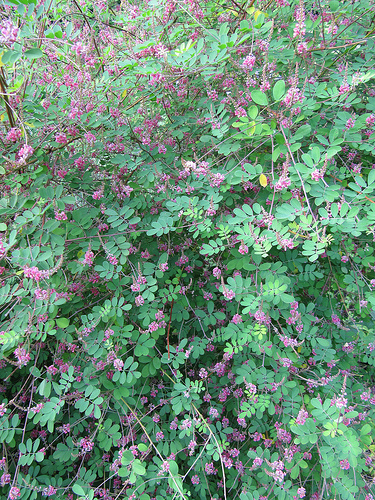
Indigofera is a forage tree/shrub with many shoots bearing pinnate bright green leaves. Some plant the legume just to be part of a vast landscape, while others plant it for shade and windbreak.
As feed, farmers initially cited the unpalatability of the feed material due to toughness of the leaves. Hence, the material remained unknown and was neither promoted nor popular in the countryside.
Recently, the popularity of the lowly indigofera soared when Rene Almeda, an innovative commercial raiser of dairy goats, discovered the nutritional potential of the feed material.
Rene who serves as consultant of the Alaminos Goat Farm (AGF) is a strong advocate and promoter of indigofera.
Indigofera has 27?31% crude protein, which is relatively higher than any of the locally available leguminous forages. Leaves and twigs are harvested every 30 days to maintain their succulence.
At the AGF in Alaminos, Laguna, indigofera was initially planted as shade and windbreak beside the dairy shed. However, out of curiosity and dire need for additional feed resource, Rene tried feeding it to goats.
The animal’s initial resistance broke down eventually and consumption improved.
With the continuous use of indigofera, milk production increased to 150 liters per day up from120 liters. Rene attributed the dramatic increase to the nutritional value of the forage material.
Moreover, adding 30 percent indigofera in the diet lowers the feed cost by 25 percent.
AGF also generates income from the sale of seeds. Seeds are sold at P600 per kilo (vacuum packed).
With these benefits, Rene included the indigofera as a component to the Alaminos Salad Garden. The garden aims to supply a sustainable and nutrient-packed forage source for farm animals. Also planted in the garden are combined forages (grass-legume mix) in rows composed of centrosema, napier, mulberry, and moringa.
Rene also embarked on pelletizing the leaves and mixing it in feed concentrate to make it more palatable and digestible for animals. A pelletizing machine has been locally fabricated to the specifications.
Once an unfamiliar forage, indigofera has become a livestock farmer’s favorite in improving animal productivity. Thanks to Rene.


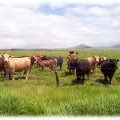
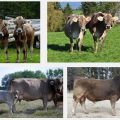
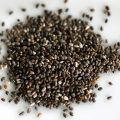
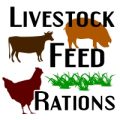

Quite an interesting piece of information but could we count on economical growth of Indigofera like Sydney?